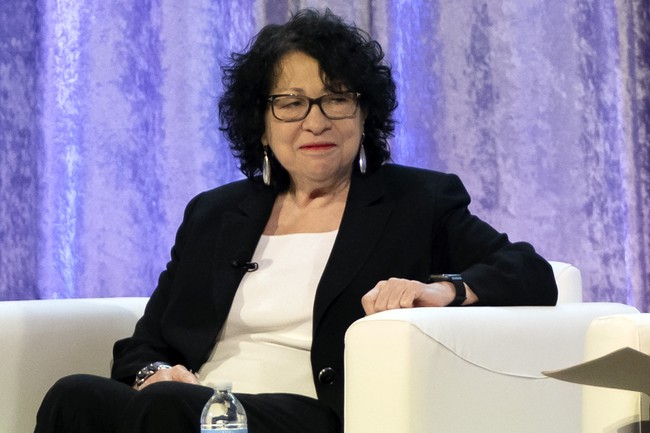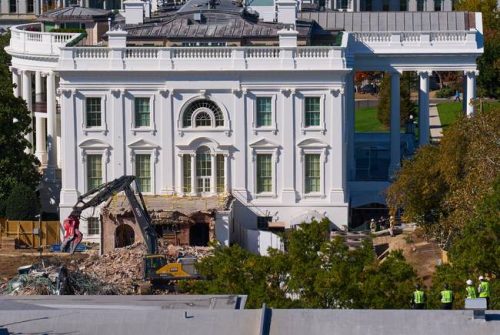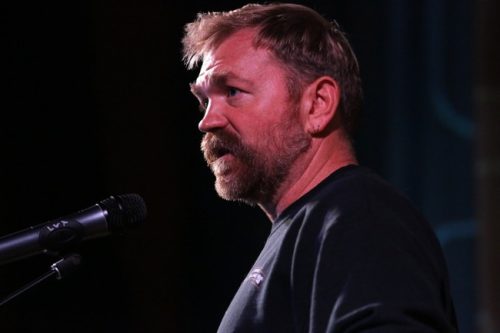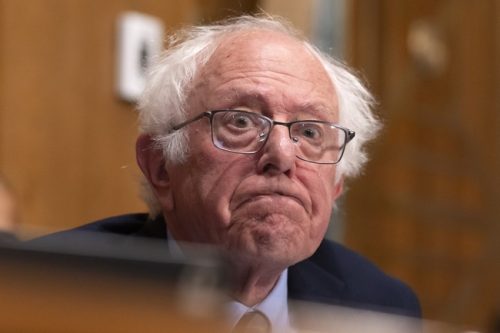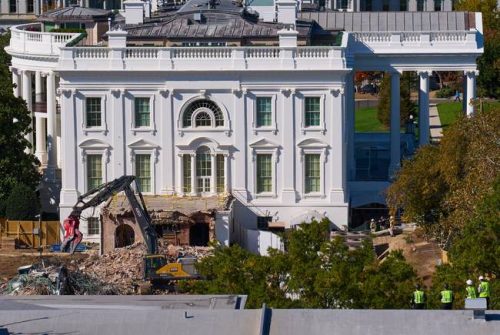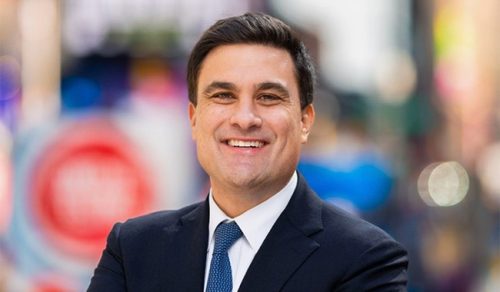This piece argues that Justice Sotomayor’s dissent over a nitrogen-gas execution does more harm than good by centering convicted killers over victims, using the Anthony Boyd case and the brutal 1993 murder of Gregory Huguley to illustrate why debates on capital punishment must respect victims and public safety rather than elevate criminals as martyrs.
I am not a fan of the death penalty because the state has made catastrophic mistakes before, like when Durham County District Attorney Mike Nifong withheld exculpatory DNA evidence and made false statements in the Duke lacrosse scandal. That experience convinced me to be wary of giving the government ultimate authority over life and death. Still, in states where capital punishment exists, it is part of the law and sometimes applies to crimes so monstrous they demand the strongest response our system allows.
In 1993, Gregory Huguley was kidnapped by Anthony Boyd and accomplices, forced into a van at gunpoint, tied to a bench, weighted with cinderblocks, doused in gasoline and burned alive. The attackers did this over a $200 drug debt. That kind of depravity stretches the imagination and leaves families with a wound that never heals.
Appellate courts upheld Boyd’s conviction and his death sentence, and he challenged the method of execution. He asked to be executed by firing squad instead of nitrogen gas — a method not used in Alabama. The Supreme Court ultimately denied Boyd’s request for a stay of execution, and the case landed in the national spotlight again because of the method debate.
The Supreme Court’s conservative majority had denied a petition by Boyd, who has spent three decades on death row over his role in a 1993 murder, to stop his execution by nitrogen asphyxiation and instead kill him by firing squad.
Support for the death penalty in the U.S. is near a 50-year low around 53%, according to a 2024 Gallup poll.
Capital punishment is currently permissible in 27 of the 50 states, and last year four states – Alabama, Texas, Missouri and Oklahoma – carried out about three quarters of the country’s 25 executions, according to the Death Penalty Information Center.
That denial triggered a dissent from Justice Sotomayor and two other liberal justices, who framed the issue around the manner of death. Dissenting is a right, but we shouldn’t let high-profile dissents turn vicious killers into sympathetic figures. Public debate that centers offenders and ignores the victims’ agony simply fuels outrage and cynicism toward the justice system.
Sotomayor's dissent in the nitrogen gas execution case tonight is… well, this is how it starts…https://t.co/GpDXSj5xqo pic.twitter.com/ZXK0iFCfbs
— Maurice Chammah🍹🎻 (@MauriceChammah) October 24, 2025
You know who else was suffocating for minutes, struggling to breathe? Gregory Huguley. He was doused with gasoline, restrained, and then set on fire. Breathing was one horrific detail among many as he endured excruciating pain for an unconscionable period of time.
There can and should be a robust national conversation about execution methods and the justice system’s safeguards. But the debate loses moral clarity when commentators and judges repeatedly spotlight the worst criminals as if they are the injured parties. That narrative insults the memory of victims and deepens the sense that the system values offenders over those they destroyed.
This pattern extends beyond the courtroom. We saw political leaders commute sentences and officials push softer approaches that sound compassionate but often leave victims’ families out in the cold. Those choices matter. When leadership signals leniency or sympathy for violent offenders, public confidence in institutions erodes and anger grows.
For years, parts of the Left have pushed criminal-justice reforms that tilt toward defendants at the expense of victims. When prosecutors, attorneys general and politicians insist on pity for people with long arrest records, the public notices. Decarlos Brown Jr. had 14 prior arrests and Courtney Boose had 99 prior arrests; these details shape how communities see repeat offenders and the risk they pose.
People rightly demand a system that protects the innocent and respects victims’ suffering. When policy debates lean too far toward shielding criminals, citizens start to look for alternatives — tougher prosecutors, stronger sentencing, and political leaders who make public safety a priority. That backlash is predictable when victims are sidelined in favor of narratives that humanize violent offenders above all else.
If Justice Sotomayor and her fellow dissenters truly want constructive reform, they should begin by centering victims and their families. Showing deference to those harmed by violent crime isn’t a concession to vengeance; it’s basic fairness. Only then can reforms be credible and reforms command public support without appearing to reward brutality.

